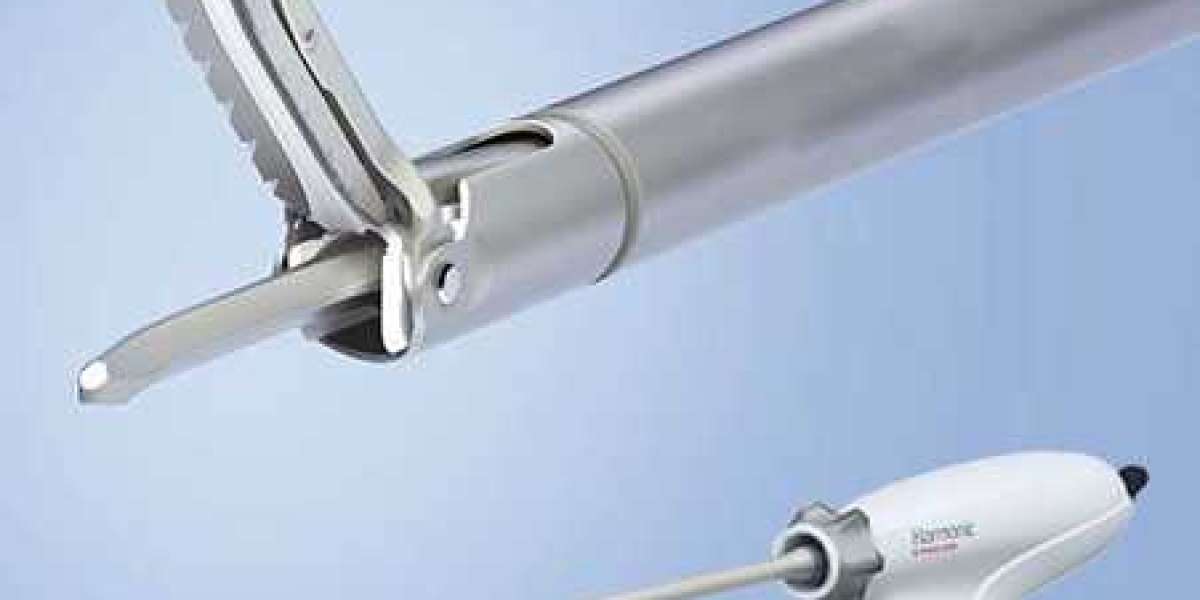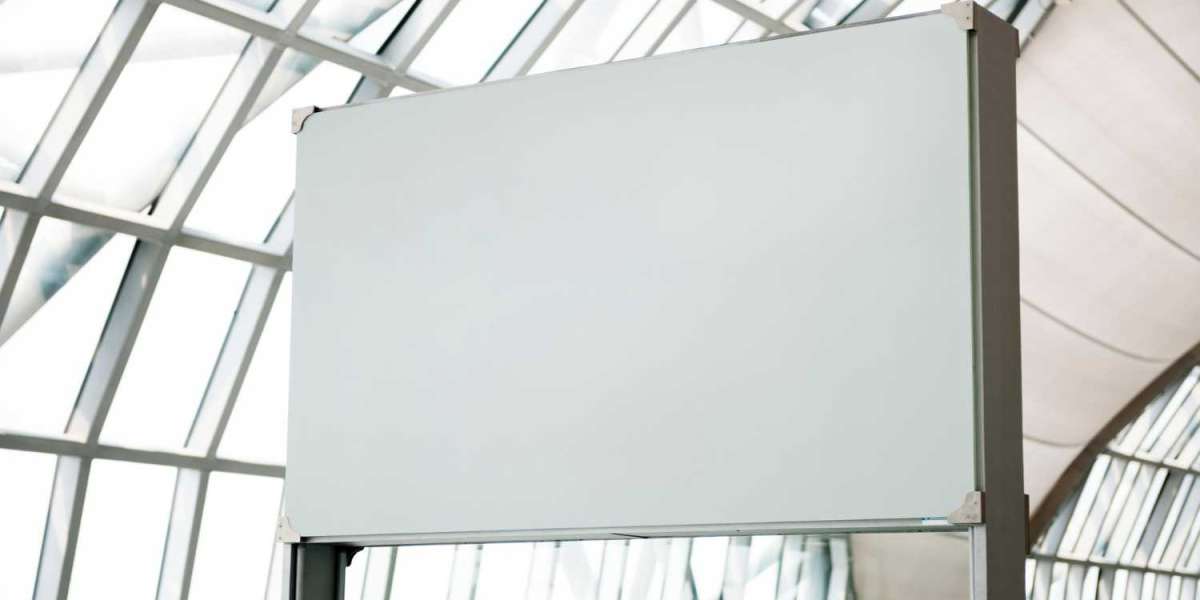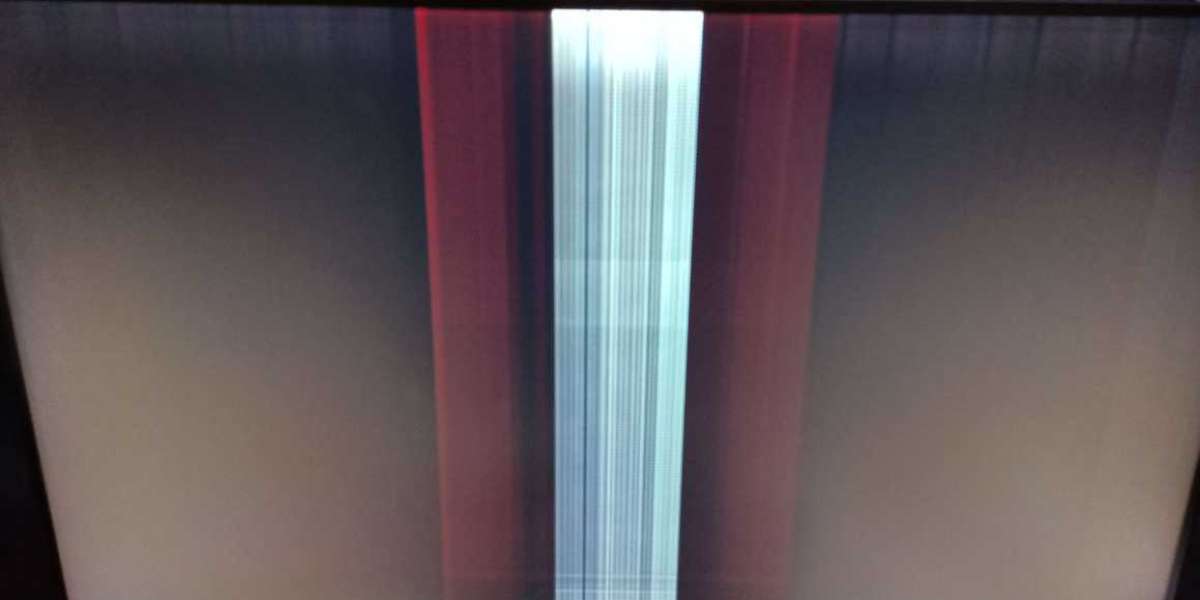Titanium is a metal element with atomic number 22 in the periodic table. It has the characteristics of high strength, low density, good corrosion resistance and excellent biocompatibility. It is widely used in aerospace, medical, chemical, automotive, diving, electronics and construction. However, the corrosion problem of titanium materials is still an important aspect that cannot be ignored in its application.
The corrosion resistance of titanium materials mainly comes from the dense oxide film formed on its surface. This oxide film is an insoluble oxide layer that can effectively prevent oxygen, water molecules and other chemicals from penetrating into the interior of the titanium material, thereby preventing the occurrence of corrosion. However, when the oxide film on the surface of the titanium material is damaged, the external solution will penetrate into the interior of the titanium material and cause corrosion.
The corrosion forms of are mainly divided into two categories: uniform corrosion (comprehensive corrosion) and non-uniform corrosion (special form of corrosion). Uniform corrosion refers to the partial or complete damage of the oxide film on the surface of the titanium material, which leads to the electrochemical reaction caused by the interaction between the titanium material and some minor components or components in the solution. This corrosion is manifested as a uniform silver-gray color on the surface of the titanium material, producing tiny pits and fine pores.
Non-uniform corrosion includes high temperature corrosion, stress corrosion, selective corrosion, pitting corrosion, crevice corrosion, galvanic corrosion, fatigue corrosion, erosion corrosion and hydrogen embrittlement. Pitting corrosion refers to some small corrosion pits that appear in local areas on the surface of titanium materials. This corrosion is usually formed at the damaged oxide film on the surface of titanium materials. Crevice corrosion occurs when there are gaps or crevices in the structure of titanium materials where the medium can be retained. This corrosion is closely related to the temperature, concentration, pH value of the medium, the size of the crevice and the surface characteristics of the material.
Stress corrosion refers to the corrosion fatigue caused by stress when titanium materials are chemically corroded. Although titanium has good stress corrosion resistance to many corrosive media, it will still suffer from stress corrosion cracking in certain media or under certain conditions. Hydrogen embrittlement is a brittleness phenomenon caused by hydrogen absorption by titanium materials. When the amount of hydrogen absorbed by titanium exceeds a certain limit, oxide precipitation will occur, forming intergranular cracks, making the titanium material embrittled.
In view of the corrosion behavior of titanium materials, a variety of protection technologies have been developed to improve their corrosion resistance.
Surface oxidation treatment: By oxidizing the surface of titanium materials, a dense, stable and uniform oxide film can be formed to improve its corrosion resistance. Common oxidation treatment methods include thermal oxidation and electrochemical oxidation.
Coating technology: The surface of titanium materials can be coated with coating technology to form a protective layer with anti-corrosion function. There are many types of coating technologies, including silane coating, ZrO2 coating, CrN coating, etc. These coatings can significantly improve the corrosion resistance of titanium materials.
Metal spraying technology: Metal spraying technology is a technology that sprays metal onto the surface of titanium materials, which can generate a metal film that is tightly bonded to the substrate, thereby improving the corrosion resistance of titanium materials. There are many types of spraying technologies, including cold spraying technology, high-speed flame spraying technology, etc.
Surface strengthening technology: In order to improve the wear resistance of titanium materials, surface strengthening technology is mainly used to modify and coat the surface. These technologies include electroplating, anodizing, micro-arc oxidation, ion implantation, nitriding, electron beam and laser surface modification, thermal spraying and physical vapor deposition (PVD) technology.
Antifouling coatings and paints: In the marine environment, the surface of titanium materials is susceptible to biofouling. Antifouling coatings and paints are one of the main technical means to solve the biofouling of titanium materials. At present, the market is dominated by antifouling agent-releasing coatings, but in recent years, the research on green and environmentally friendly low-surface energy antifouling coatings has become increasingly mature and gradually entered the market.
Titanium materials play an important role in modern industry due to their high strength, low density and good corrosion resistance. However, the corrosion problem of titanium materials is still an important aspect that needs to be paid attention to in its application. Through the study of the corrosion behavior of titanium materials and the development of protection technology, the corrosion resistance of titanium materials can be effectively improved, their service life can be extended, and more reliable material support can be provided for applications in various fields. In future research, the corrosion mechanism and protection technology of titanium materials should continue to be explored in depth to meet the requirements of titanium material performance in different fields.














